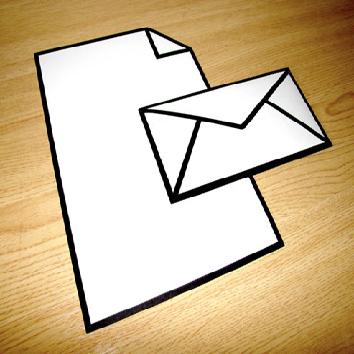How to Address a Letter to a Government Agency

Correspondence to government offices requires a special kind of skills as you cannot address some government official like you do in routine letters to your friends. You will have to give that person respect and use proper salutation while addressing them.
Though, they are responsible and accountable to you but there are also some rules of business so keep in mind the proper etiquette and you will be able to make a great impression through your words. Keep in mind that letters to government officials are always short and concise as they do not have much time to read trivial details in your letter.
Instructions
-
1
Make sure that you are knocking at the right door. That means you should know who to contact otherwise writing this letter will be a futile exercise. If you don’t know the right person then government’s official website can help you as they contain complete contact information of the officials.
-
2
Use appropriate titles. If you are addressing someone from the judiciary then use the term “Honourable” before the name of your addressee. Similarly, if the recipient is member of legislative institution then you may use their title followed by the last name like “Senator Smith” or “Ambassador Elena”. If your receiver is just an individual then you can write “Mr. / Mrs” along with their name.
-
3
If you do not know the person then it is better to address the government department. Instead of mentioning the name in the greeting, you will write “To whom it may concern”. This will you keep you safe from any mistakes.
-
4
Put the complete address of the government office. This portion will comprise the name of building, street number, city and postal code. Be careful while putting the address down as you do not want to give them a margin to deny the existence of the letter. This will be your proof of your correspondence in case of any dispute.
-
5
Include your name and address before the salutation as it will allow your recipient to know who has dispatched this letter. Give your full name followed by the exact date.
-
6
After the proper greeting, you will give a brief history of the issue and notify your addressee about the demands. You must be to the point as any trivial detail will make it difficult to understand.
-
7
Summarise your letter in the last paragraph and then close your letter with some courteous sentences.







